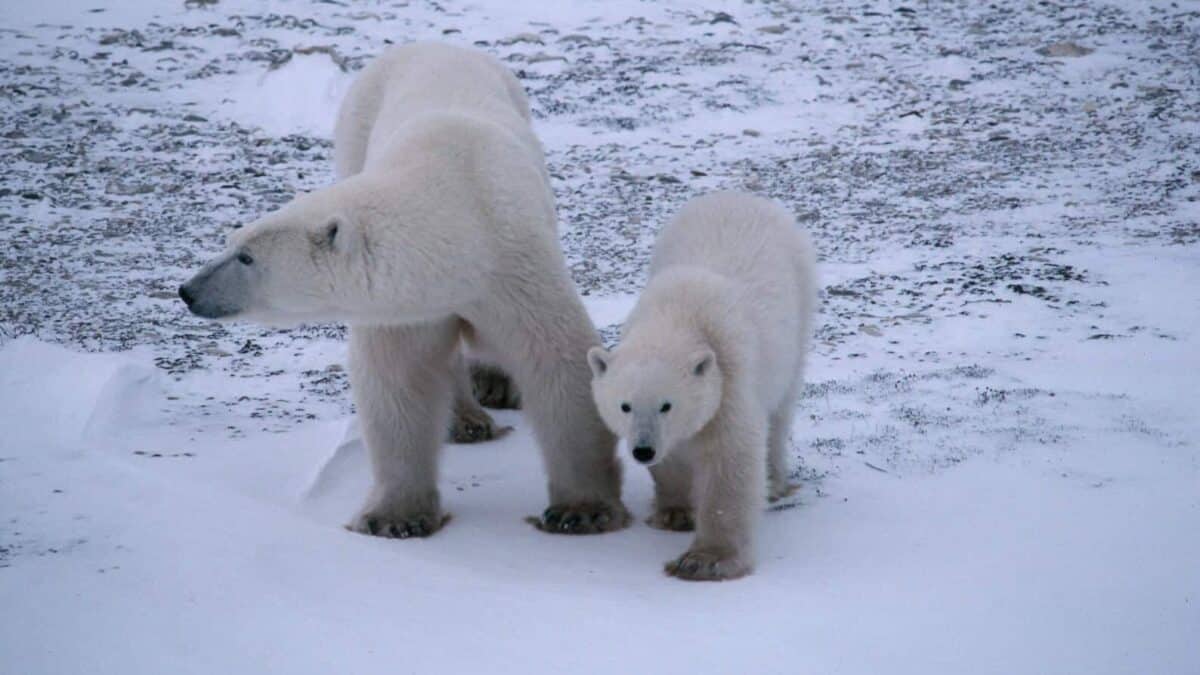The iconic image of a polar bear standing on a small ice floe has become a powerful symbol of climate change. Yet beneath this striking visual lies a complex ecological story that continues to evolve as scientists gather more data about Arctic ecosystems. While climate change remains an undeniable threat to polar bear habitats, the complete picture of how polar bear populations are responding to these changes contains nuances that deserve careful examination. This article explores the current state of polar bear populations across the Arctic, the documented changes in sea ice conditions, and what these mean for the future of this magnificent species.
The Current State of Polar Bear Populations

According to the IUCN Polar Bear Specialist Group, there are approximately 22,000-31,000 polar bears in the wild, divided across 19 distinct subpopulations that span the Arctic Circle. These populations are not all experiencing identical trajectories. Of these 19 subpopulations, research indicates that one is increasing, two are decreasing, four are stable, and the remaining 12 have insufficient data for definitive trend analysis. This varied response challenges simplistic narratives about polar bear decline, though scientists emphasize that the overall outlook remains concerning as Arctic warming accelerates. The uneven distribution of research efforts across these remote habitats also means that our understanding continues to evolve as more data becomes available.
Arctic Sea Ice: The Critical Habitat
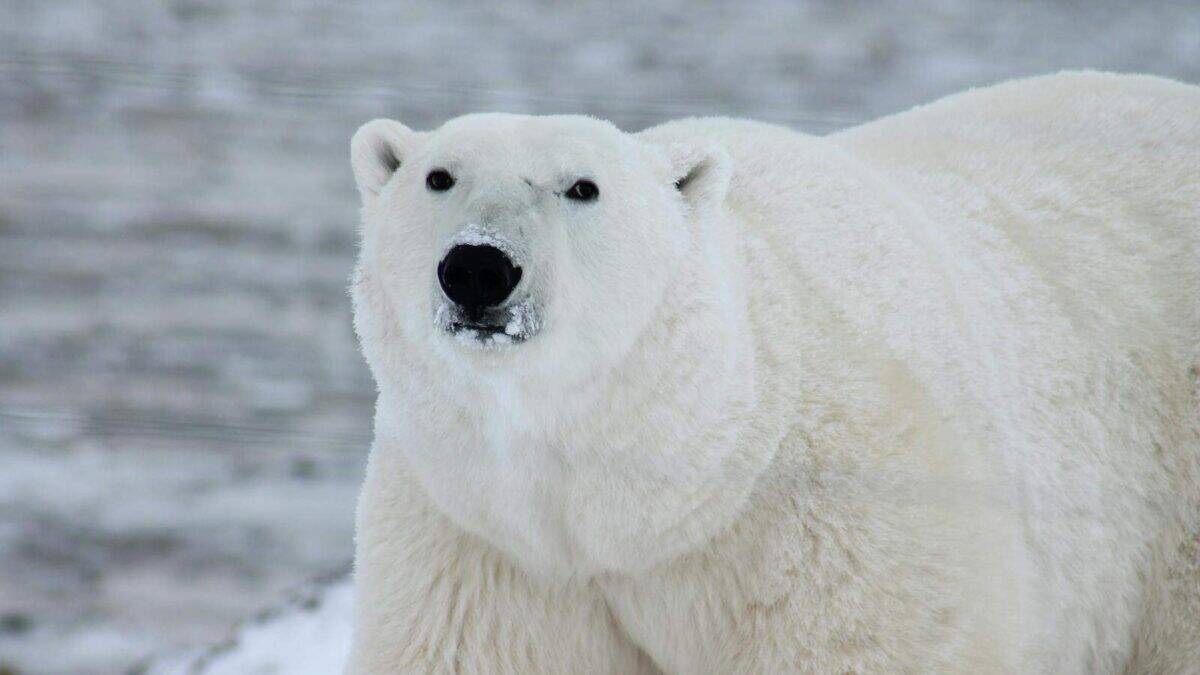
Sea ice serves as the primary platform from which polar bears hunt seals, their main prey. According to NASA and the National Snow and Ice Data Center, Arctic sea ice extent has declined by approximately 13% per decade since satellite measurements began in 1979. The September minimum (when ice reaches its lowest annual extent) shows an even steeper decline of about 12.8% per decade. This represents a profound change in polar bear habitat, with the Arctic experiencing longer ice-free periods each year. Some regions now have up to 9 weeks more open water than they did in the 1980s. This loss of hunting grounds forces bears to spend more time on land, where food sources are less abundant and nutritious than their preferred seal diet.
Regional Variations in Polar Bear Responses

The impacts of sea ice loss on polar bears vary significantly by region. In the Southern Beaufort Sea near Alaska, research published in Ecological Applications documented a population decline of approximately 40% between 2001 and 2010, coinciding with dramatic sea ice reductions in that region. However, in the Chukchi Sea between Russia and Alaska, studies published in Scientific Reports showed that bears have maintained good body condition despite sea ice loss, possibly by finding alternative food sources or adapting their hunting strategies. The Western Hudson Bay population in Canada has declined by approximately 30% since the 1980s according to research published in Arctic Science. These regional differences highlight the importance of avoiding overgeneralization when discussing polar bear population trends.
The Physiology of Starvation: Why Ice Matters

Polar bears have evolved specifically to hunt seals from sea ice platforms. Their entire physiology—from their white camouflage to their specialized swimming abilities—is adapted for this hunting strategy. Research published in the journal Science has demonstrated that polar bears require approximately 12,325 calories per day, equivalent to about one adult ringed seal per week. Without access to sea ice hunting grounds, bears cannot meet these enormous energy requirements. During ice-free periods, most bears fast, relying on fat reserves accumulated during peak hunting seasons. As these ice-free periods extend due to climate change, bears face longer fasting periods that can lead to decreased reproductive rates, lower cub survival, and ultimately population decline. Studies have documented bears losing approximately 1 kg of body mass per day during these fasting periods.
Examining Population Resilience and Adaptability

Some populations have shown surprising resilience in the face of changing conditions. Research in the Barents Sea region found that bears have adapted to longer ice-free seasons by altering their movement patterns and utilizing glacier fronts as alternative hunting grounds. There’s also evidence from the Canadian Arctic Archipelago suggesting that some regions may serve as climate refugia—areas where sea ice conditions might remain suitable for polar bears despite broader Arctic warming. Additionally, some bears have been observed catching prey in open water or scavenging on whale carcasses, though researchers emphasize these are not sustainable alternatives to ice-based seal hunting for most populations. Genetic studies published in PLOS Genetics indicate relatively low genetic diversity among polar bears, which may limit their evolutionary capacity to adapt to rapid environmental changes.
The Scientific Consensus on Long-term Outlook
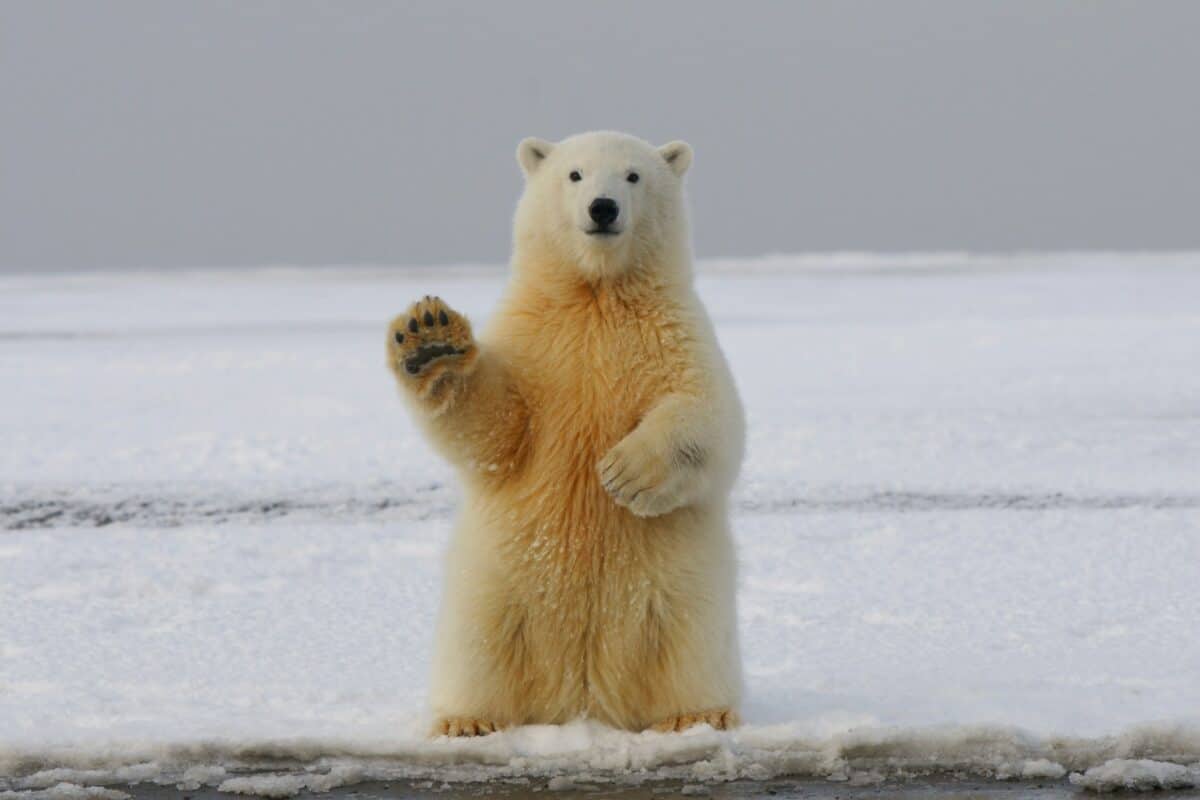
Despite regional variations and some adaptability, the scientific consensus remains that long-term polar bear survival depends on preserving their sea ice habitat. Models published in Nature Climate Change project that if current greenhouse gas emission trends continue, two-thirds of the world’s polar bears could disappear by 2050. The most affected populations will likely be those in the southern ranges, such as Hudson Bay, where sea ice already disappears completely each summer. In 2008, polar bears became the first species listed under the U.S. Endangered Species Act based primarily on predicted habitat loss due to climate change. This listing acknowledged that the threat was not current population numbers but the projected trajectory based on habitat changes already underway.
Measuring Changes in Body Condition and Reproductive Success
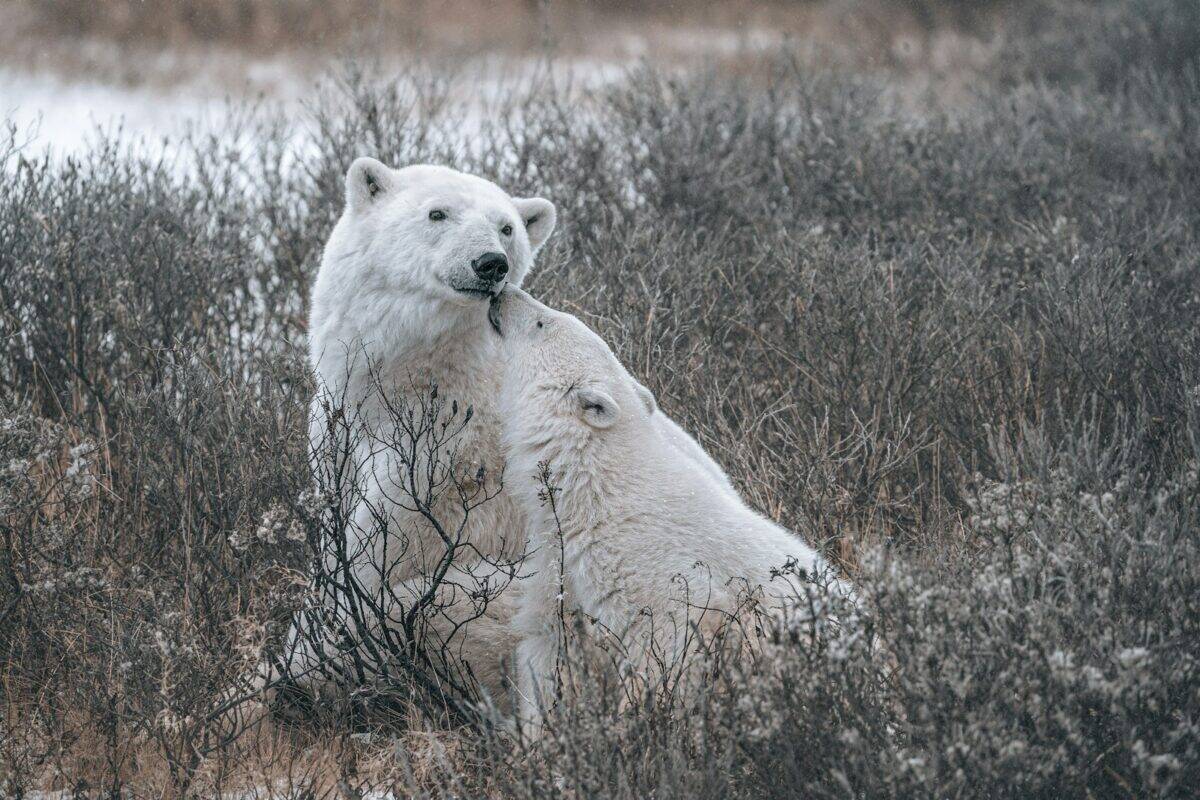
Beyond simple population counts, researchers track polar bear health through body condition indices and reproductive metrics. Long-term studies in Western Hudson Bay have documented decreasing body condition across all age and sex classes as the ice-free period has lengthened. Female bears in this region now weigh on average 88 kg less than they did in the 1980s, according to research published in Global Change Biology. This has direct implications for reproduction, as females must achieve a threshold body mass of approximately 189 kg to successfully reproduce. Consequently, the average litter size in this region has decreased, and the interval between successful reproductive events has increased. Cubs also show lower survival rates, as undernourished mothers produce less milk and may abandon cubs they cannot support energetically.
The Role of Human-Bear Interactions

As sea ice diminishes, polar bears spend more time on land, increasing the frequency of human-bear encounters. Communities across the Arctic have reported increased sightings of bears searching for food near settlements. In regions like Churchill, Manitoba—known as the “Polar Bear Capital of the World”—authorities operate a polar bear jail for bears that wander into town, holding them until sea ice returns and they can be relocated. While these interactions rarely result in human fatalities, they often end badly for the bears. Additionally, despite international protection under the 1973 Agreement on the Conservation of Polar Bears, illegal hunting continues in some regions. The combination of habitat loss and increased human interaction represents a significant challenge for conservation efforts.
Beyond Ice Loss: Other Threats to Polar Bears

While sea ice loss remains the primary threat, polar bears face additional challenges. Bioaccumulation of persistent organic pollutants (POPs) like PCBs and flame retardants has been documented in polar bear tissues throughout the Arctic. Research published in Environmental Toxicology and Chemistry found that these contaminants can disrupt hormone function and immune system response, potentially making bears more vulnerable to disease and reducing reproductive success. Additionally, increased shipping through newly ice-free Arctic waters brings risks of oil spills and noise pollution. Resource development, including oil and gas exploration, further fragments polar bear habitat and introduces additional disturbances. These compounding stressors create what ecologists call a “perfect storm” of threats at a time when bears are already struggling to adapt to their changing environment.
Conservation Efforts and International Cooperation

Polar bear conservation requires international cooperation, as their range spans five nations: the United States, Canada, Greenland (Denmark), Norway, and Russia. The 1973 Agreement on the Conservation of Polar Bears remains the primary international framework for protection, though implementation varies by country. Canada, home to approximately 60% of the world’s polar bears, allows regulated hunting by Indigenous communities based on traditional ecological knowledge and scientific population assessments. Conservation organizations work with communities to develop bear-human conflict reduction strategies, including warning systems and polar bear patrols. Protected areas like Russia’s Wrangel Island and Norway’s Svalbard region provide critical habitat, though climate change affects these areas regardless of protection status. Ultimately, most conservation scientists agree that addressing climate change through reduced greenhouse gas emissions represents the most important long-term conservation strategy.
The Value of Traditional Ecological Knowledge

Indigenous peoples of the Arctic have coexisted with polar bears for thousands of years, developing sophisticated understanding of bear behavior and ecology. Increasingly, scientists collaborate with Indigenous knowledge holders to develop more comprehensive understanding of polar bear responses to climate change. In regions like Nunavut, Canada, Inuit hunters report observations that sometimes challenge or complement scientific findings. For example, some communities report seeing more bears than in previous decades—observations that may reflect changing distribution patterns rather than contradicting overall population trends. These collaborative approaches recognize that multiple knowledge systems can contribute to conservation efforts. Traditional knowledge often provides historical context that predates scientific monitoring and offers insights into bear behavior that may not be captured in short-term scientific studies.
The Future of Polar Bear Research
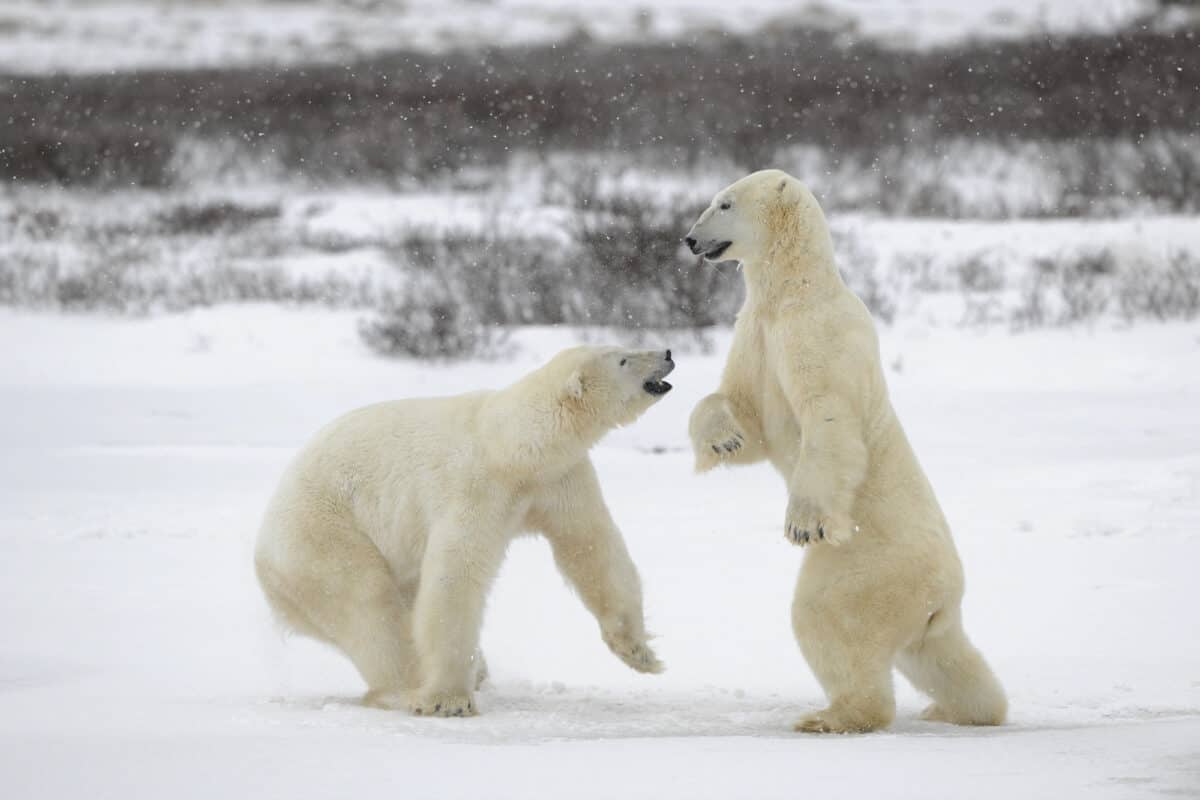
As technology advances, so do the tools available to polar bear researchers. GPS tracking collars now provide real-time data on bear movements, allowing scientists to correlate behavior with changing ice conditions. Drone surveys reduce the need for invasive capture methods in some research contexts. DNA analysis from footprints in snow or scat samples enables population monitoring with minimal disturbance. Thermal imaging technologies help locate maternal dens, which are particularly vulnerable to disturbance. Satellite monitoring of sea ice combined with climate modeling provides increasingly sophisticated projections of future habitat availability. These technological advances come at a critical time, as understanding polar bear responses to unprecedented environmental changes requires comprehensive monitoring across their extensive Arctic range.
Conclusion: Navigating Complexity in Polar Bear Conservation

The relationship between polar bear populations and melting ice represents one of the most closely studied ecological responses to climate change, yet it remains characterized by both certainty and uncertainty. What’s certain is that Arctic sea ice is declining at rates unprecedented in human history, transforming the primary habitat of a species exquisitely adapted for ice-based hunting. What contains more nuance is how different polar bear populations are responding to these changes in the short term, with some showing more resilience than others. The scientific consensus remains clear that without significant climate action, the long-term outlook for polar bears is dire, with projected losses of two-thirds or more of the global population by mid-century. The polar bear’s story reminds us that conservation in the Anthropocene requires addressing root causes of environmental change while simultaneously managing immediate threats to vulnerable species.
- Eagles vs. Snakes: Who Would Win? - August 9, 2025
- Why Pandas Were Once Nearly Extinct—and How China Saved Them - August 9, 2025
- This Fish Has the Most Teeth in the Ocean—And Uses Them Well - August 9, 2025

